
Harold in Italy
by Hector Berlioz
Symphony with solo viola
Buy Viola in Music's Collection of
13 famous tunes
Read more
Harold in Italy (the original title is Harold en Italie) by Hector Berlioz is
another favourite work of mine, I discovered it in this way.
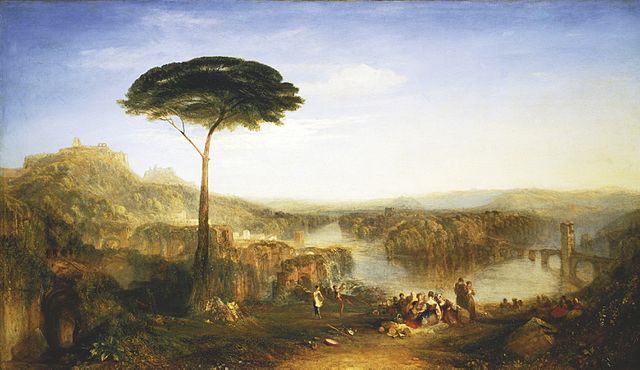 Childe Harold's Pilgrimage, by William Turner, Italy, 1832
Childe Harold's Pilgrimage, by William Turner, Italy, 1832I first heard only one movement of it, from a music encyclopedia with recordings that we had at home, and was immediately impressed by it.
Then I asked for it as a birthday present (I was 17) and having received my gift it I spent a lot of time listening to it over and over again for days and days...
The background
In 1830 Berlioz had written his most famous composition, the
Symphonie
Fantastique. Then, after winning the Prix de Rome, a
composition award given by the Paris Conservatoire, he spent
fifteen months in Italy,
between 1831 and 1832. And this stay had a long lasting influence on
Berlioz, especially evident in Harold in Italy. More than the
environment at the Academy of France in Rome and more than attending
concerts and operas, Berlioz enjoyed wandering in the wild Abruzzi
mountains, meeting people in the villages there, listening to their
songs while playing with them on his chitarra francese.
Harold in Italy played by William Primrose - World first recording
The only type of music that struck him in Rome was that of the pifferari, a group of folk musicians playing bagpipes and a sort of oboe, who around Christmas come down from the mountains to play before the statues of the Madonna, wearing large woollen coats and pointed hats. (By the way, you can still meet these pifferari around Christmas in cities like Milan, playing the same instruments and tunes, wearing the same clothes).
His memoirs are so lively in the description of
his
adventurous wandering and all the encounters… sometimes they made me
really laugh a lot... very useful to me to better understand Harold in
Italy and his music in general.
Harold in Italy and Paganini
In 1833 Paganini
heard the Symphonie Fantastique at a
concert in Paris and congratulated Berlioz about it. After this concert
Paganini told Berlioz about a big Stradivari viola he had and asked
Berlioz to write a concerto for him, he said he was too ill to compose.
Berlioz was a bit hesitant because, he said, to write a concerto for such a great virtuoso a composer should be able to play the viola and he wasn’t. But Paganini insisted that he trusted him. Berlioz started writing and when the first movement was complete Paganini wanted to see it. He was a bit disappointed because there were too many rests, he said
"there is not enough for me to do, I should be playing all the time".
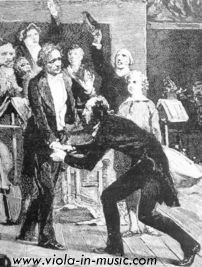 Paganini kneeling before Berlioz and kissing his hands after hearing a performance of Symphonie Fantastique and Harold en Italie conducted by Berlioz
Paganini kneeling before Berlioz and kissing his hands after hearing a performance of Symphonie Fantastique and Harold en Italie conducted by BerliozPaganini didn’t like it and never played it. Anyway Berlioz went on writing without worrying about having to write for a virtuoso and ended up with writing a symphony based on his memories of Italy. Eventually Harold en Italie was performed at the Paris Conservatoire in 1834 by Chrétien Urhan, the principal viola of Paris Opéra, and several times in the following years, always with great success.
A few years later, Paganini was in Paris again and attended a concert including the Symphonie Fantastique and Harold en Italie conducted by Berlioz. After the concert Paganini went to see Berlioz and told him he had never been as touched as by Harold, then kneeled and kissed Berlioz’s hand.
A few days later Paganini sent his son to Berlioz’s home with a letter. When Berlioz opened it he read this message:
My dear friend, Beethoven being dead only Berlioz could make him live again; and I who have heard your divine compositions, so worthy of the genius you are, humbly beg you to accept, as a token of my hommage, twenty thousand francs...
Can you imagine what a pleasant shock for Berlioz! considering that for the composition of the Requiem one year earlier he was paid 3,000 francs.
The movements
Harold en Italie is in four movements, and since I am a rave fan of William Primrose I'd recommend one of his performances, but there are many more. Here are the movement titles:
Harold
in the Mountains
Scenes of sadness, of happiness and of joy
March of the pilgrims
singing their Evening Prayer
Serenade
of a mountaineer of the Abruzzes to his Mistress
Orgie des Brigands, memories of past scenes.
There is an idée fixe, the them played by the viola, recurring throughout the movements. It represents Harold, the artist, and his feelings...
Buy Harold in Italy
An interesting transcription
Harold en Italie became quite popular and Berlioz's friend Franz Liszt made a transcription of it for viola and piano which greatly impressed Berlioz, he said he would have never thought the piano capable of such sort of 'orchestral' sonorities. This was due to Liszt's extraordinarily ability as a pianist, first of all, and as a composer.
Indeed I like this work a lot, I think the pianist who plays it has to imagine he is the orchestra or conducts it, he should listen to the original orchestral version many times and try to put all those different sonorities into the piano (or rather draw them out of it?). Challenging task, yet rewarding!
Being by a great composer like Liszt, it's more interesting than other existing piano reductions, and I think it is also a wonderful opportunity for a viola player to add another concert piece to his/her repertoire without having an orchestra at hand, and the pianist cannot complain about having to 'just accompany'.
For the Berlioz-Liszt version, click here or on the picture if you wish to buy it to perform it with piano, or here to buy the full score and orchestra parts of Harold in Italy.
Listen to Harold in Italy transcribed by Franz Liszt for viola and piano
Berlioz and the orchestra
Berlioz had begun to study music with his father and played flute, flageolet and guitar, but unlike most other composers he didn’t excel as a performer on any instrument. He was never taught to play piano, he thinks that his father might have thought piano could have been “dangerous”, could have made him become interested and attached to music more than other instruments.
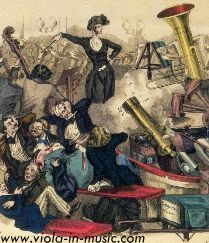 A Concert of Hector Berlioz in 1846. Caricature of Berlioz conducting an orchestra including cannons... Berlioz loved the viola and composed Harold in Italy for it, at Paganini's request
A Concert of Hector Berlioz in 1846. Caricature of Berlioz conducting an orchestra including cannons... Berlioz loved the viola and composed Harold in Italy for it, at Paganini's requestBerlioz in his own biography says this was a lucky thing, because he could always compose freely, away from the keyboard (unlike many other composers). His instrument was the orchestra, he tried to draw new sonorities and effects from each instrument and from the whole orchestra and excelled in this.
In the next pages you'll read more in detail about the Biography of Hector Berlioz and what Berlioz thought and wrote about the viola in his Treatise on instrumentation and orchestration.
Read more, buy books by Hector Berlioz
Sources:
- Memories, in French (the original version), English, Italian, Spanish
- Euphonia ou la Ville musicale (French), in Italian and Spanish
- Les Soirées de l'orchestre (Evenings with the orchestra), Italian, Spanish
Go from Biography of Hector Berlioz to Home page

Tweets by @MonicaCuneViola

Play easily without pain &
nerves
Related pages
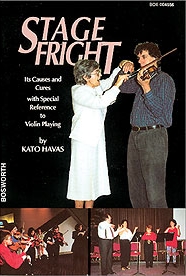 Read the book "Stage fright - Causes and cures", by Kato Havas, and play freely
Read the book "Stage fright - Causes and cures", by Kato Havas, and play freelyBuy Viola in Music's Collection of 13 famous tunes (19 pages)
£7.99 and download them instantly
They are in their original keys, so you can play them in sessions with other instruments
Jesu, joy of man's desiring
Michael Turner’s waltz (2 versions)
The
greenwood tree
The south wind
Fanny Power
Ye banks and braes
Skye boat song
My Bonnie
My love is
like a red, red rose
Sportsman’s hornpipe
The road to Lisdoonvarna
Danny Boy (Londonderry Air)
Iron legs
Do you like
Viola in Music?
Support it by buying sheet music here
Download Sheet Music
|

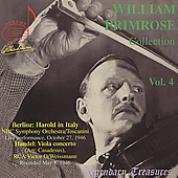
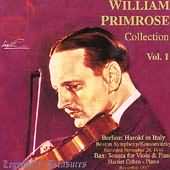
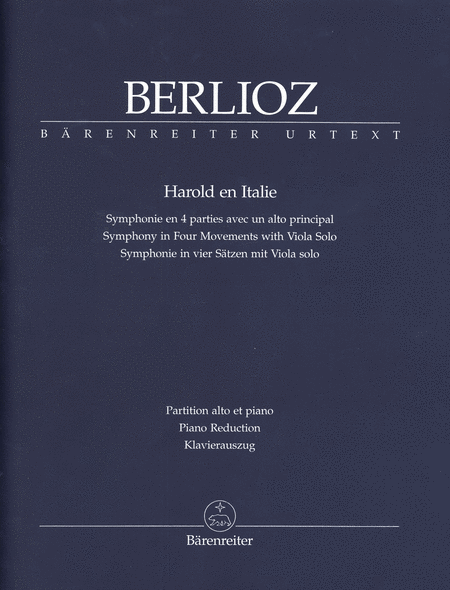
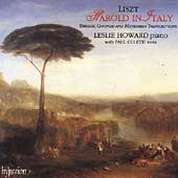
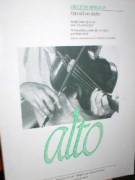




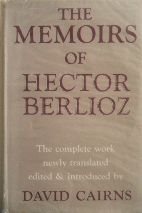
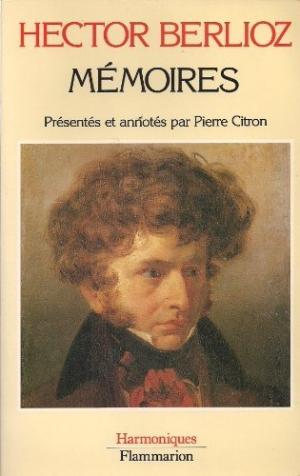
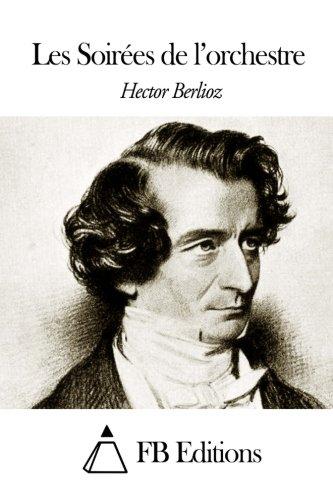
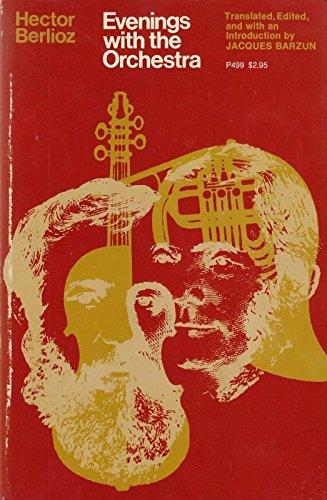
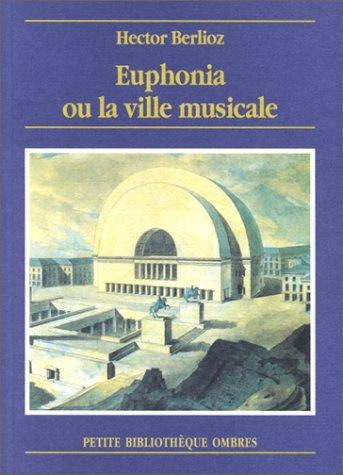
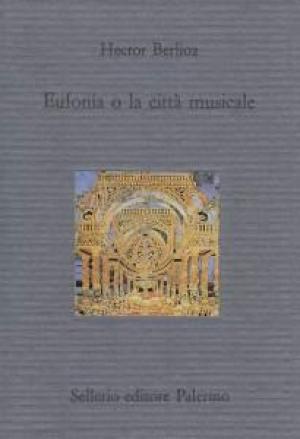
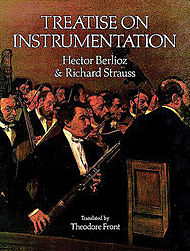
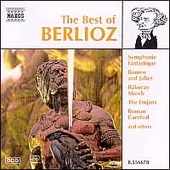
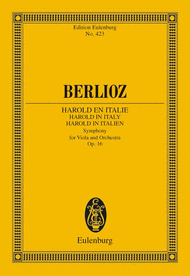
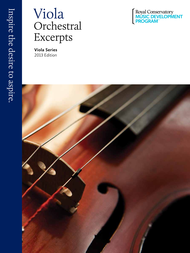
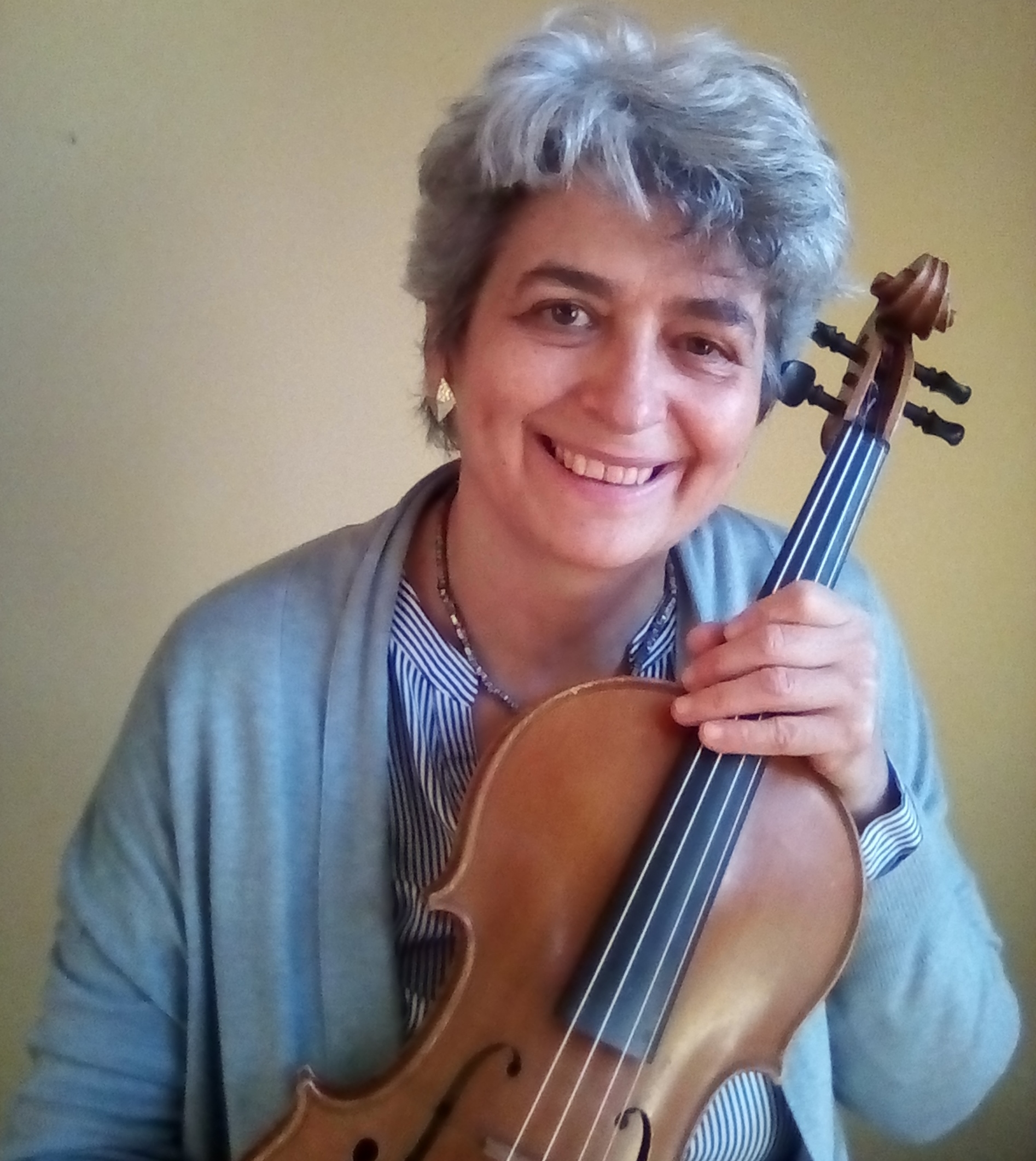
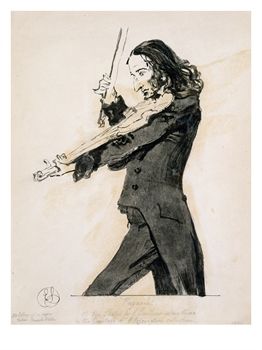
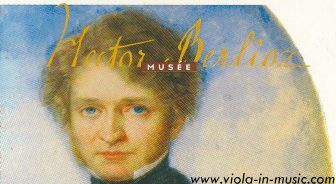



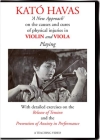
New! Comments
Have your say about what you just read! Leave me a comment in the box below.